What are the ingredients of a true modern classic? In his ambitiously expansive new book, Henry Eliot attempts to answer the question. The creative editor at Penguin Classics has delved into the vast archives of the renowned publishing house, collecting each and every title from their esteemed Penguin Modern Classics series. The result is The Penguin Modern Classics Book: a must-have compendium of over 1,800 titles, and a definitive guide to the most pioneering, timeless literature of the last century.
“Many of these books are really quirky or unusual or not so well known,” Eliot tells AnOther over the phone. “I’ve had particular fun finding out about the lesser-known titles and writing about them.” In the book, he attempts to categorise the extensive list into movements, locations (almost every country is represented), and reading lists. “I hope people will use it as a kind of atlas to the landscape of 20th-century literature, to help them explore and discover new books that they love.”
To celebrate the book’s release, we asked Eliot to curate a list of some of the most exciting, underrated women writers in the collection: the voices who – maybe if they were born some years later – would be household names today.
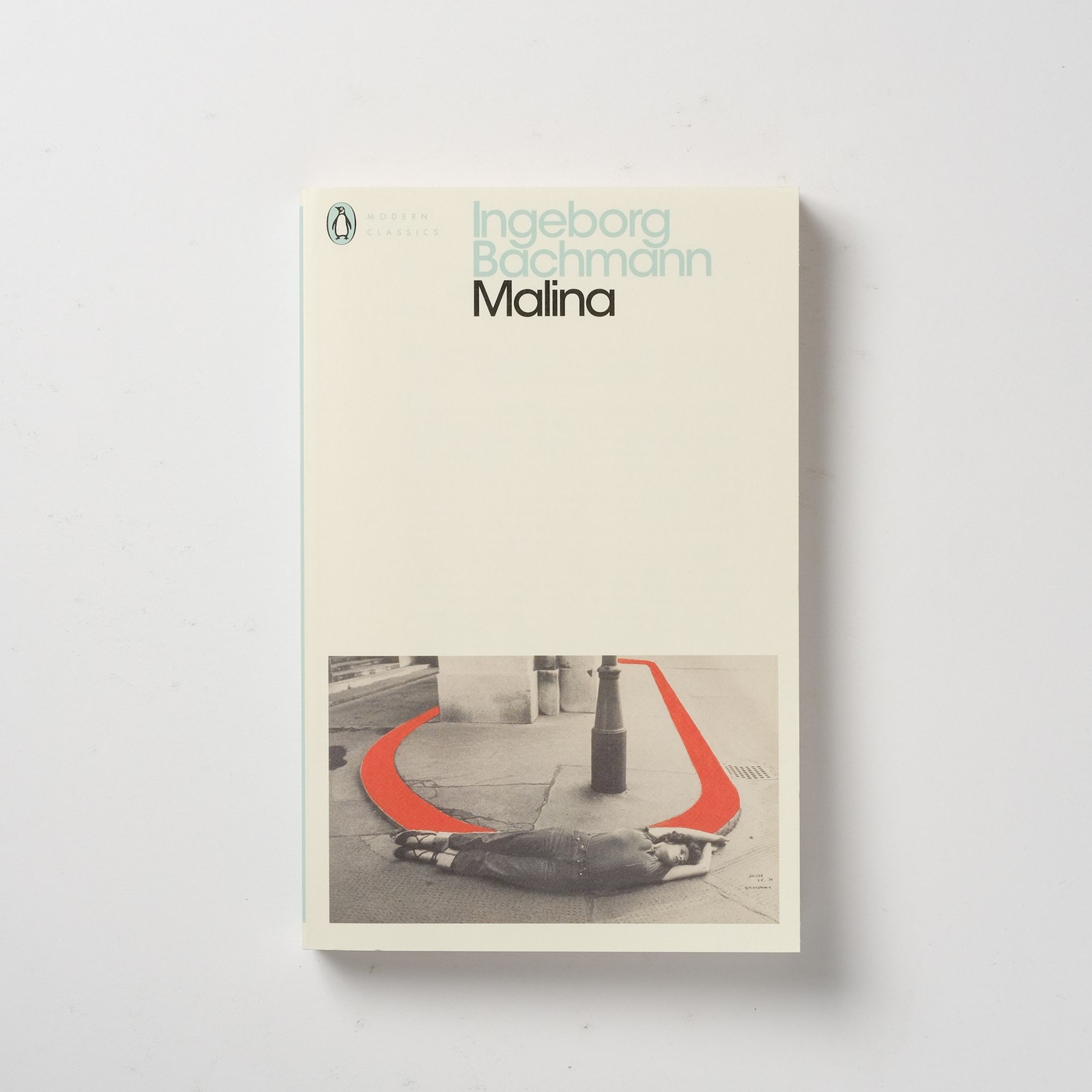
Malina by Ingeborg Bachmann
“In the German-speaking world, Ingeborg Bachmann is one of the most popular and best-known writers. She’s Austrian, and she died in the 1970s. One of the reasons that she hasn’t been translated so widely before is that she’s best known for short stories, and sometimes short stories don’t sell quite as well as novels. But if you go into any German language bookshop, she’s right at the top of the modern classics list. She wrote only this one novel, Malina, which is this strange, semi-autobiographical story about, essentially, a love triangle. But it’s really about the anonymous narrator’s psychological breakdown, but it’s also about Germany coming to terms with its own identity after the Second World War.”
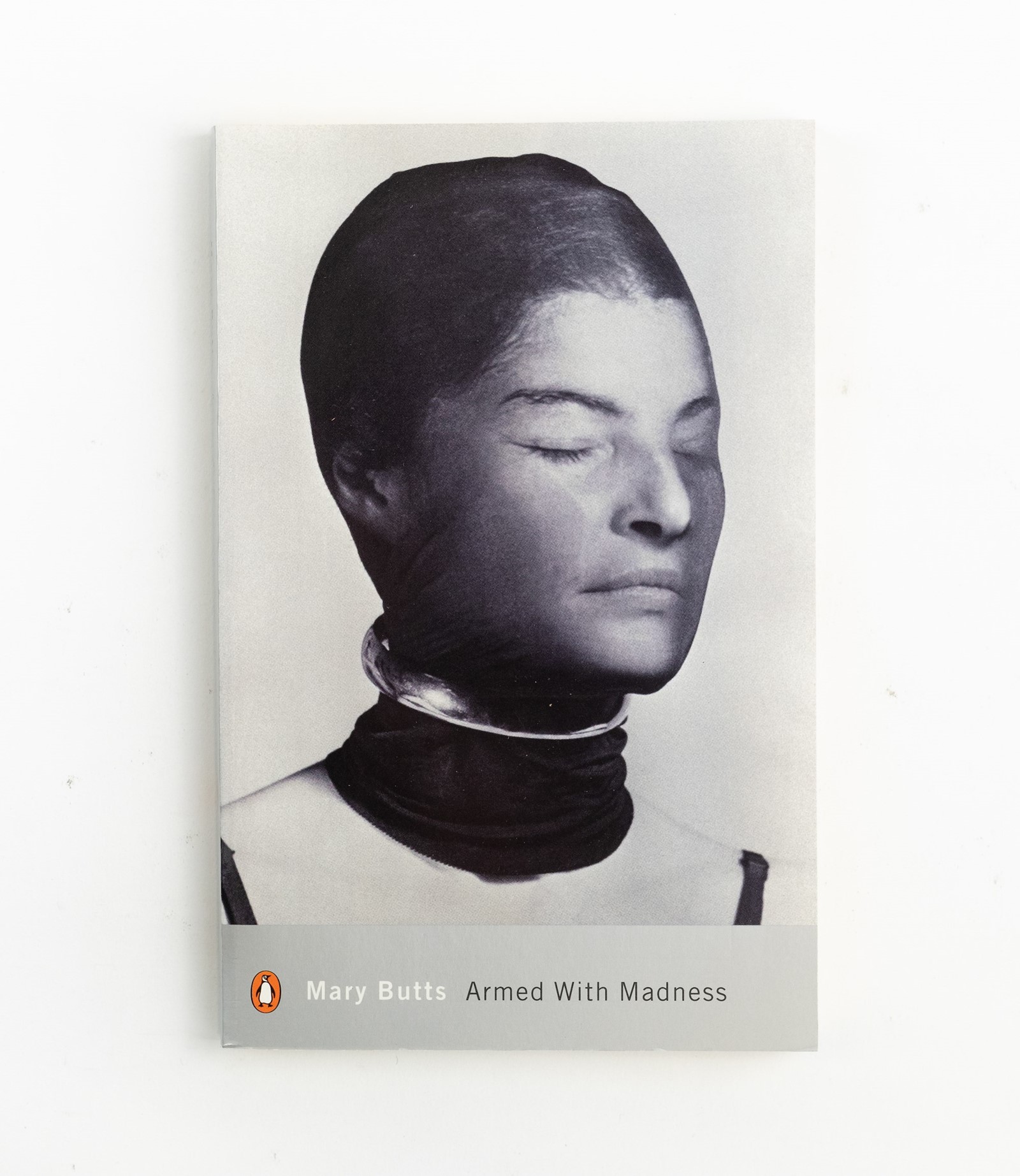
Armed with Madness by Mary Butts
“This is completely bonkers. Mary Butts, who wrote it, sounds like a really interesting character. She studied the occult under Aleister Crowley, then fell in with a very literary crowd in Paris. Armed With Madness follows a group of young, progressive 1920s women who form a kind of coven. They then discover this ancient artefact, which leads them into a world of supernatural activity, and on an ancient Holy Grail quest.”
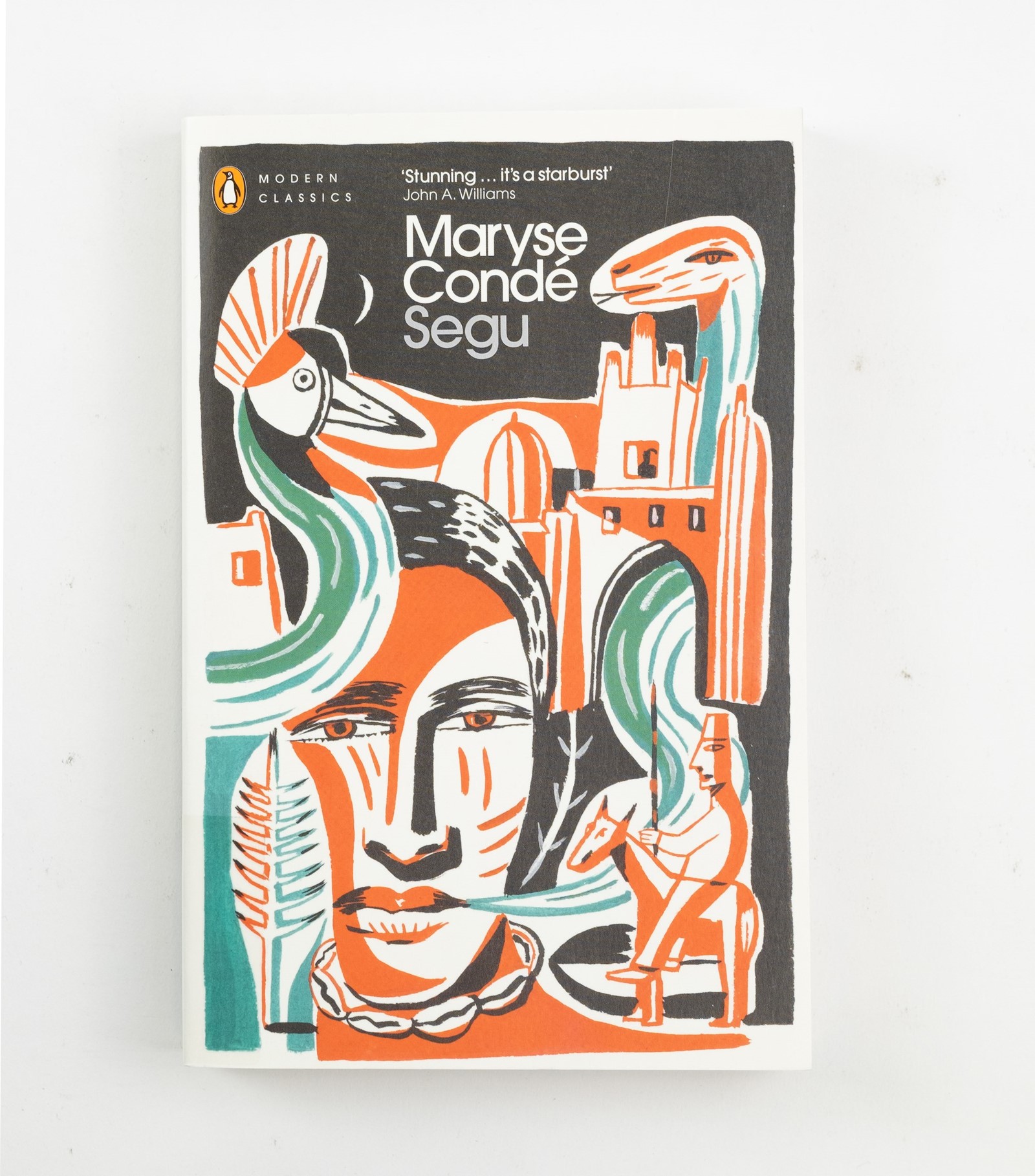
Segu by Maryse Condé
“Maryse Condé is a really interesting character. A French-speaking Caribbean writer, she keeps being tipped to win the Nobel Prize for Literature, and is very highly thought of internationally. This book, Segu, is really her masterpiece. It’s a historical novel that tries to explain the rise of slavery in Africa – particularly the way that Africa was torn between the influences of Islam and Western commercialism, and the way communities tore themselves apart.”
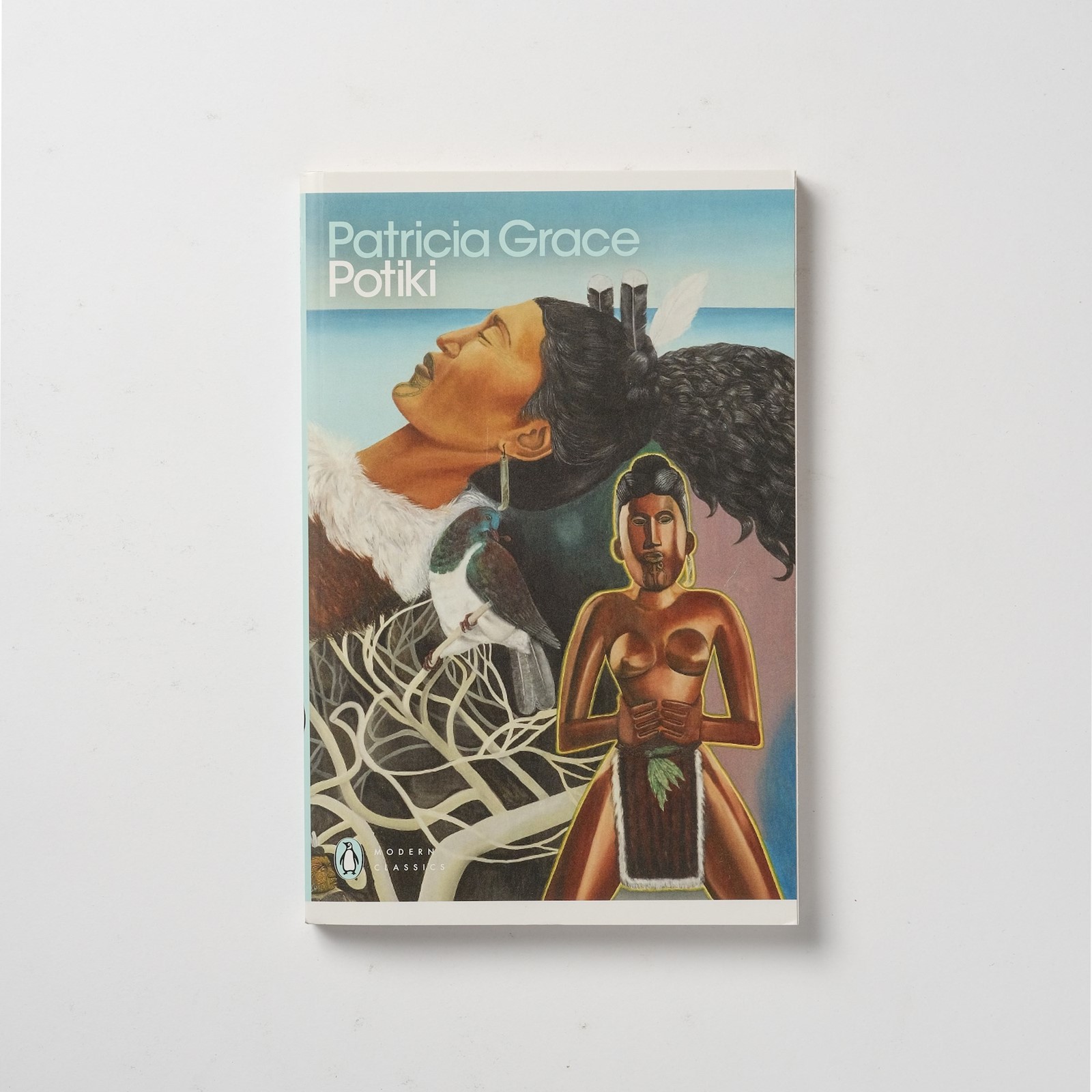
Potiki by Patricia Grace
“This is a real favourite of mine. Patricia Grace is a Maori writer from New Zealand. In 1975, she wrote the first-ever published collection of short stories by a Maori women writer, so she’s a real pioneer for Maori literature. Potiki is perhaps her best-known novel, and it reads like a kind of modern myth. It’s about a small Maori fishing community, who have a very simple life living around their traditional carved meeting house. But then these developers arrive, led by someone called “The Dollar Man”, who are hoping to develop on their beautiful, idyllic, oceanside patch of land. The novel is about the community coming together to repel this development.”

Ice by Anna Kavan
“Anna Kavan’s whole life was affected by heroin addiction: she wrote novels prolifically, but they were quite dark. She had what is called her nocturnal language, which was this dreamy, sparse way of writing. Even her name is interesting: she was originally called Helen Woods, but then she had a crisis in 1940 and changed her name to Anna Kavan, which was a character from one of her own novels.
“Ice may be her best-known book. It’s set in this mysterious dystopia where ice sheets are creeping across the world and hemming everybody in. It’s a claustrophobic and doom-laden story. The central character is chasing after a female figure, but we don’t quite know who she is, or where she’s going. It’s kind of an experience.”
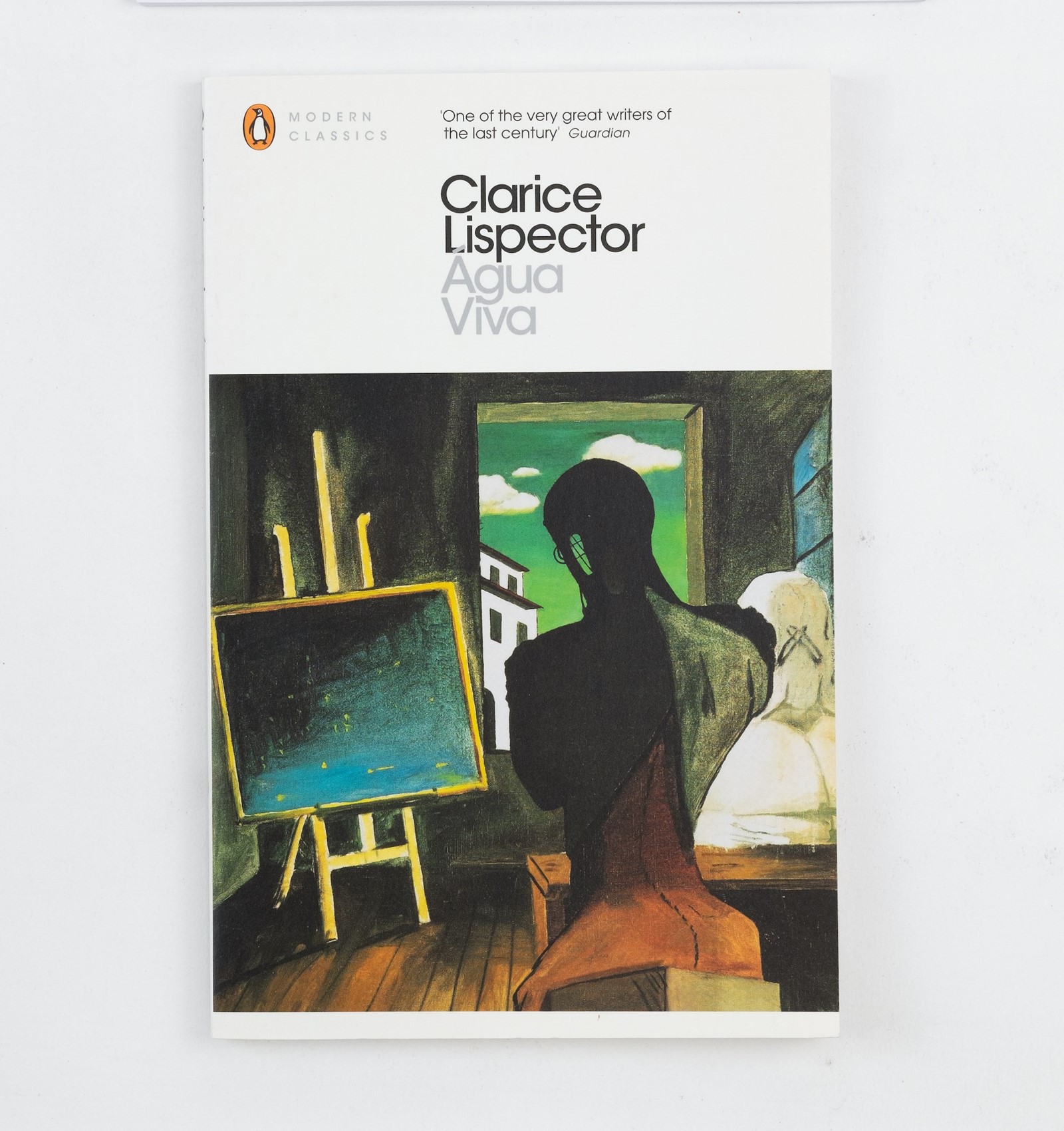
Água Viva by Clarice Lispector
“This is a real one of the kind. Clarice Lispector was a Jewish immigrant in Brazil, and she became perhaps Brazil’s most celebrated writer. She wrote in this very distinctive, quite convoluted, modernist style. Her books became increasingly sparse, dispensing with characters and plots. Água Viva is the Portuguese word for jellyfish, and it’s [an apt name] because there’s no spine to it. There’s no plot, there are no characters. Instead, it’s an attempt to set down on paper the precise experience of thinking, with no mediation. It’s extremely short and quite hypnotic. People get quite obsessed with it and read it like a kind of mantra, or a way of getting into a creative headspace.”
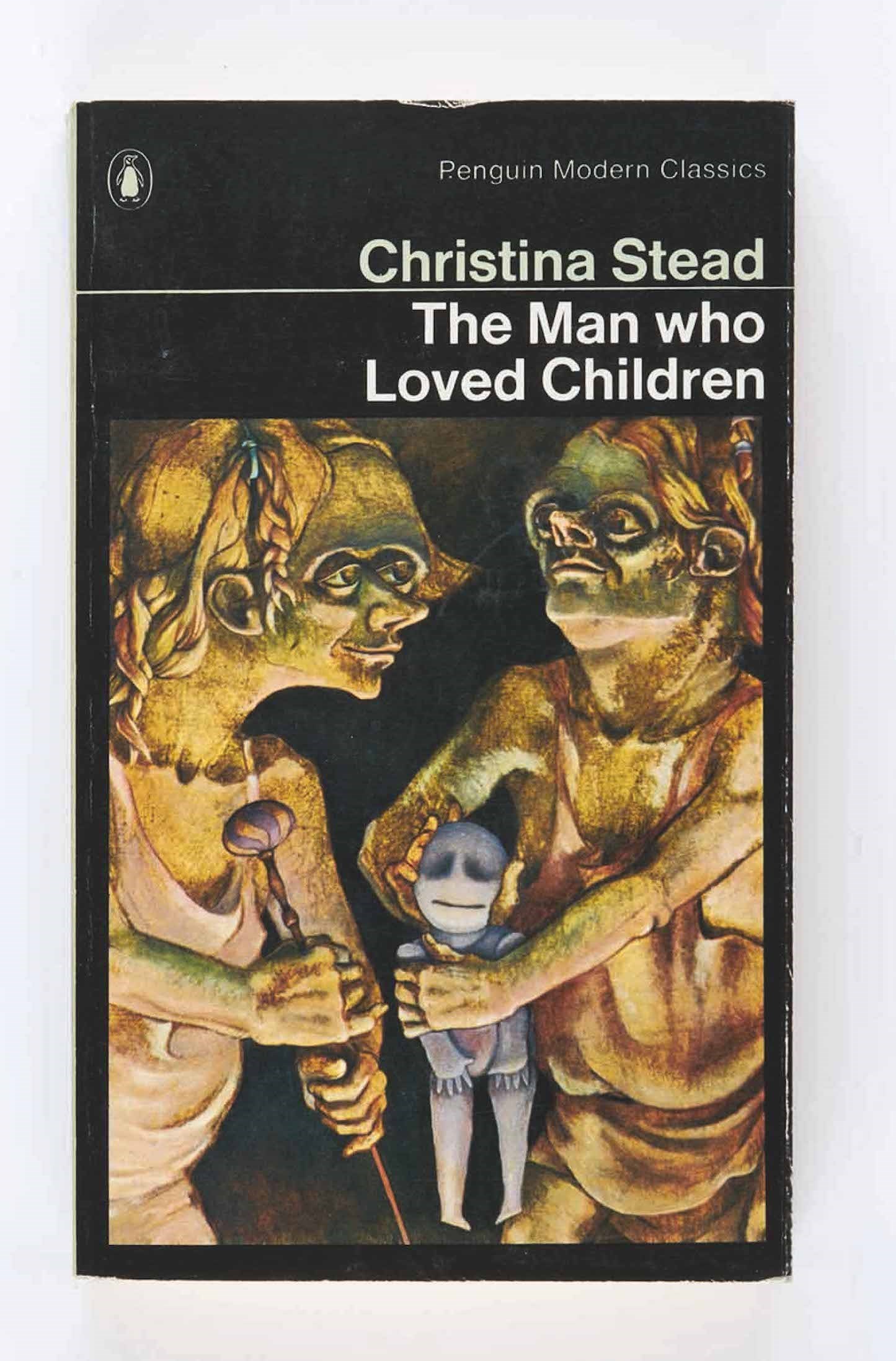
The Man Who Loved Children by Christina Stead
“This novel is about a really disastrous family called the Pollits. The father is very good at playing with children but is basically quite childlike himself and totally impractical. He keeps having children with his wife, and their living conditions get more and more squalid.
“It’s a very dark story but there’s also humour in there. The American poet Randall Jarrell said that when you’ve read this book, it will take you many years to get the sound of the Pollits out of your ears, the sight of the Pollits out of your eyes, the smell of the Pollits out of your nostrils. Also the original Penguin release has one of the most terrifying book covers I’ve ever seen.”
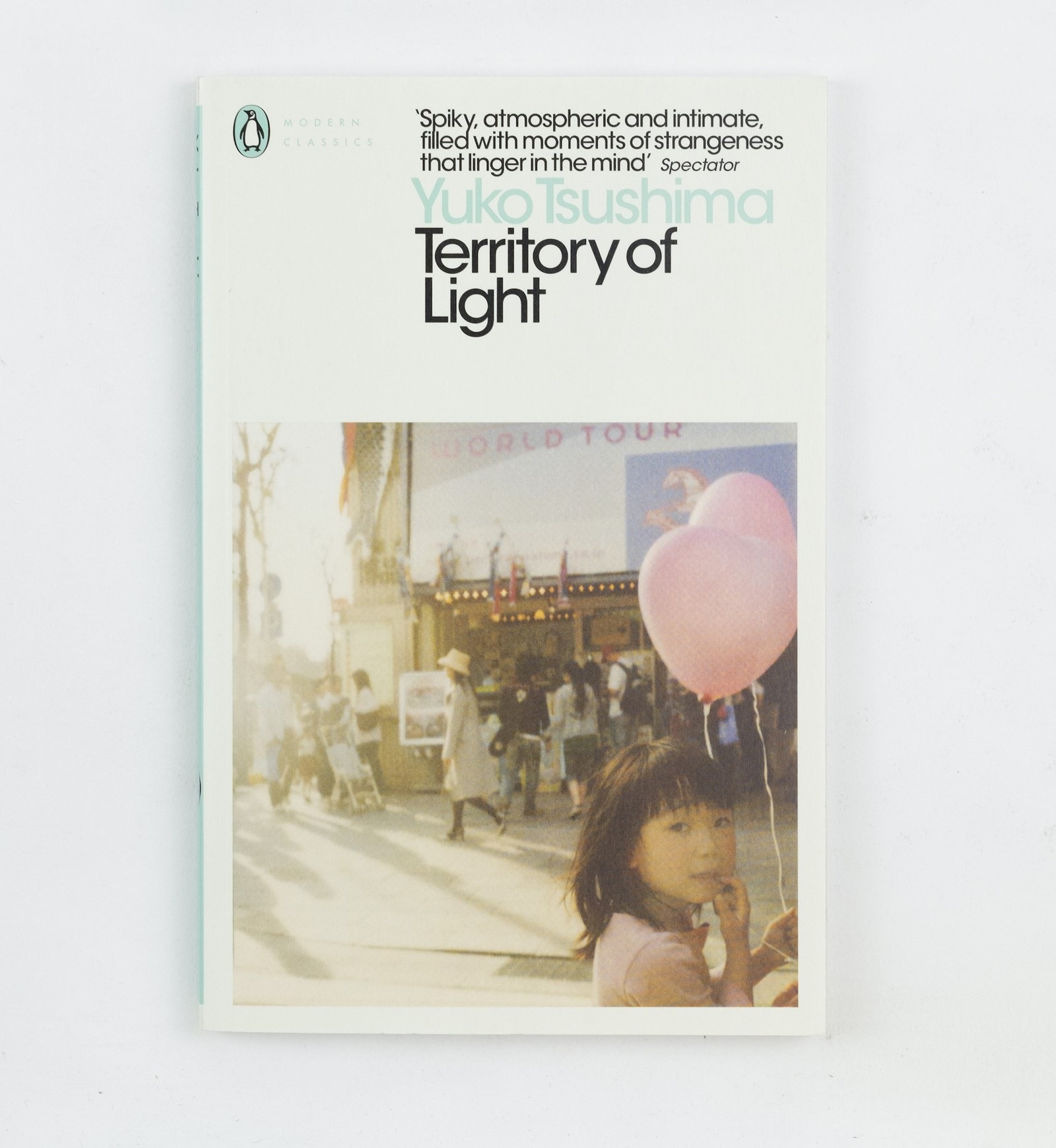
Territory of Light by Yuko Tsushima
“Yuko Tsushima was the daughter of Osamu Dazai, a much more famous Japanese 20th-century novelist, although he committed suicide when she was one so she didn’t have much of a relationship with him. She’s probably best known for writing short stories, but Territory of Light – although published as a sequence of 12 short stories – forms a single narrative. It’s set over one year and follows the life of a newly single mother with a two-year-old daughter. The woman is trying to find her feet, having separated from her husband.
“It’s a very lyrical, exquisitely-crafted story, which offers a profound insight into the relationship between a mother and daughter. The novel was quite ahead of his time as well, because it was published in the 1970s, at a time when there was a real stigma against single women in Japan – especially single mothers.”
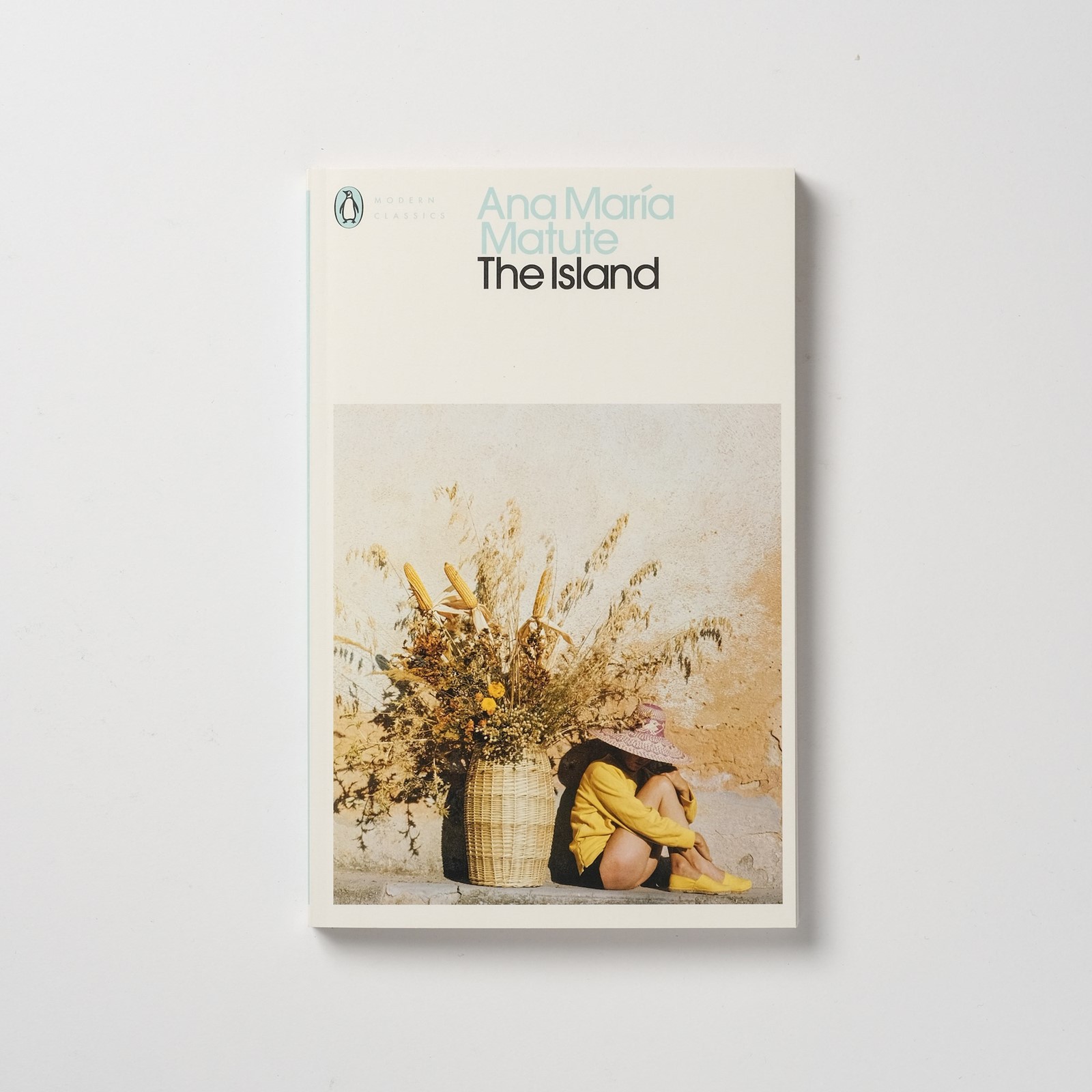
The Island by Ana María Matute
“This is a semi-autobiographical story about a young teenage girl, set around the time of the Spanish Civil War, who goes to live with relations in Majorca. It’s a wonderful description of those teenage years; of coming to terms with yourself and your body, and also with your family and the politics around you. It’s run through with some really dark imagery too, because there’s a whole history in Majorca which I didn’t really know about until I read this book: the Jewish community on the island have been persecuted over the centuries and subjected to really horrific violence, and memories of that recur through this narrative.”
The Penguin Modern Classics Book is out now.
